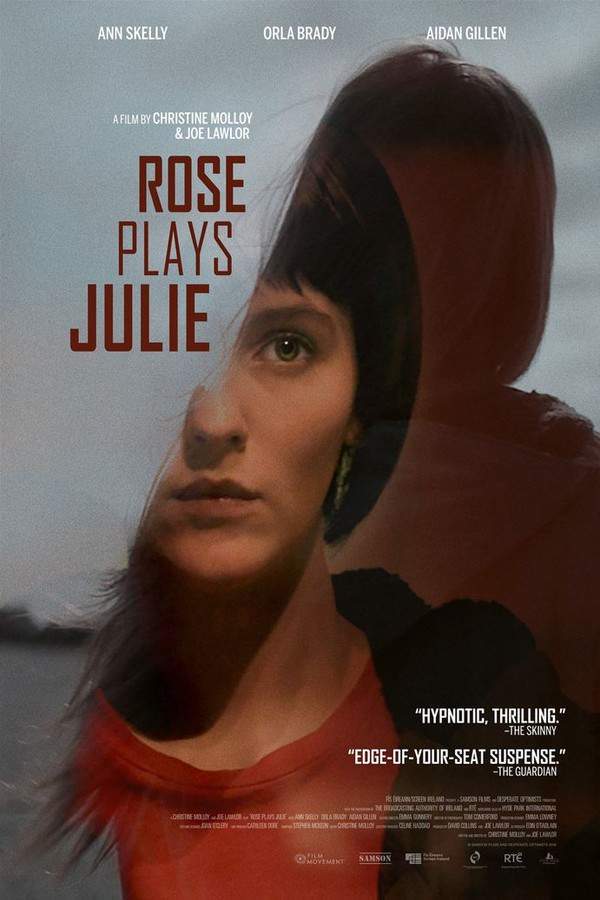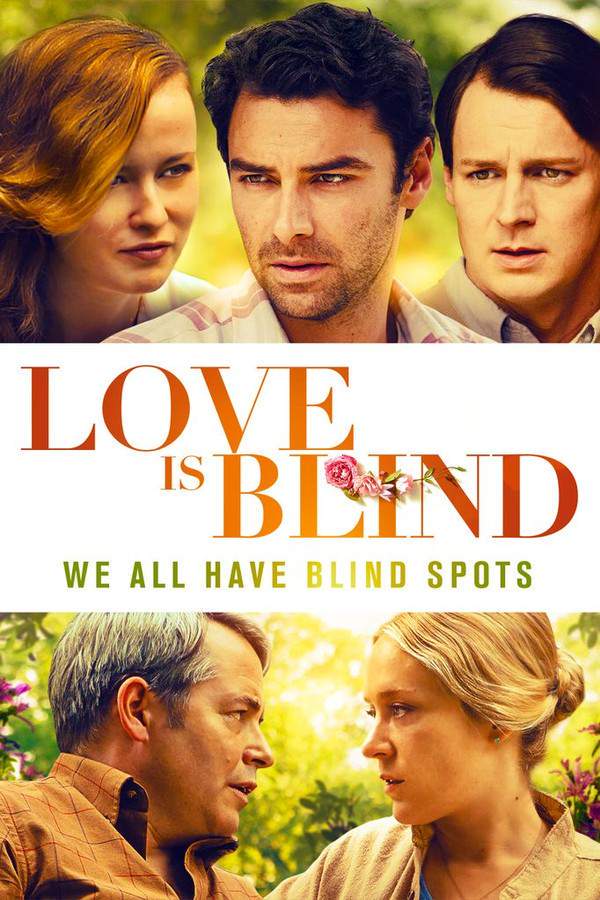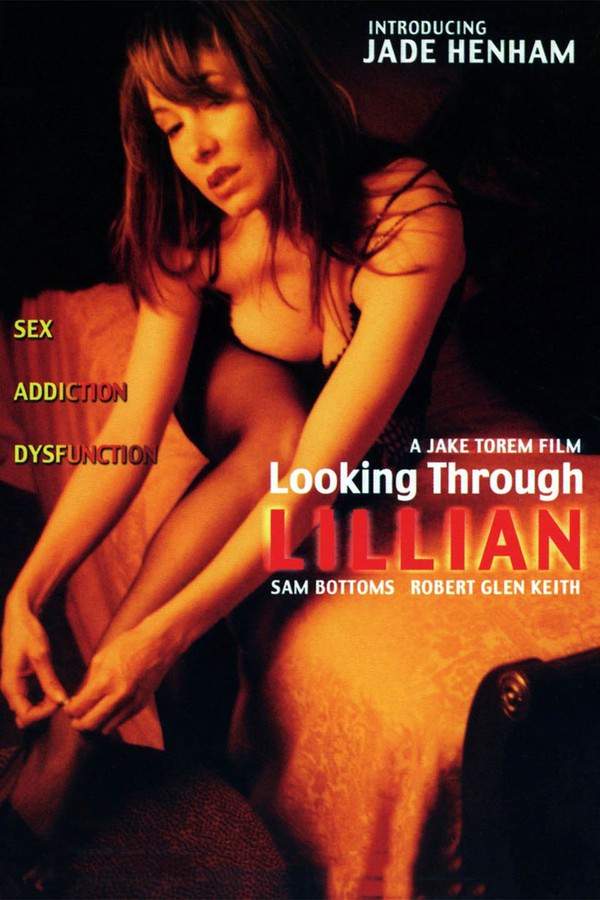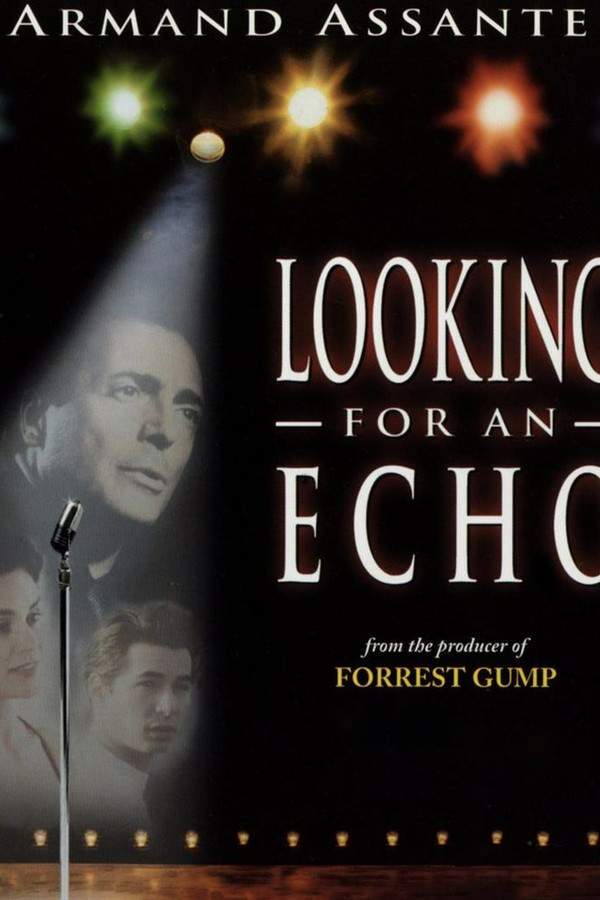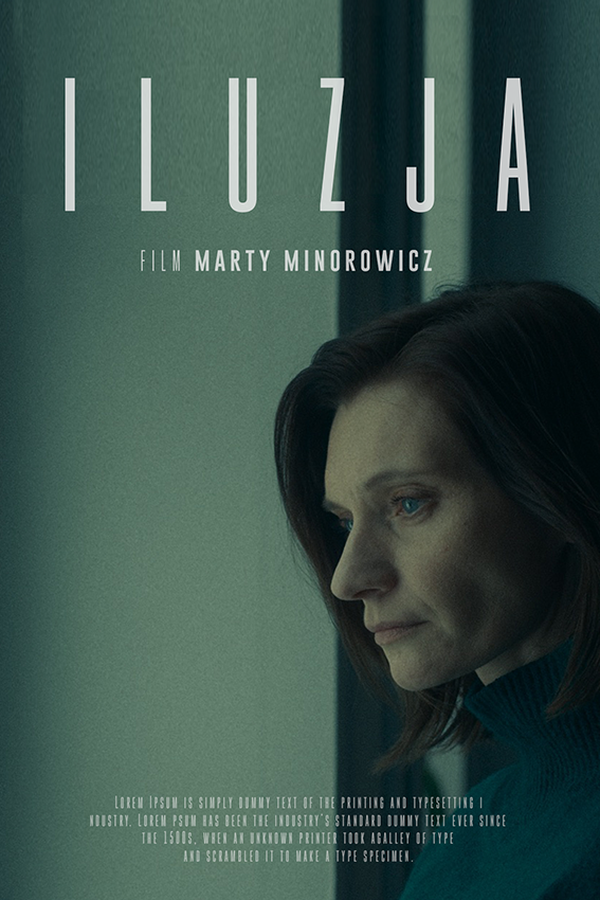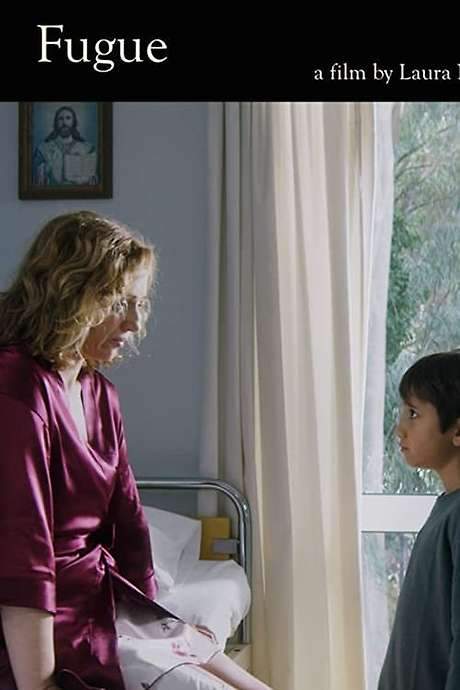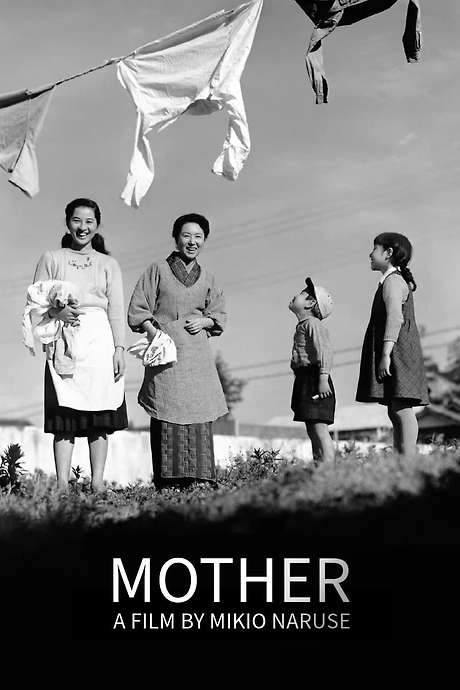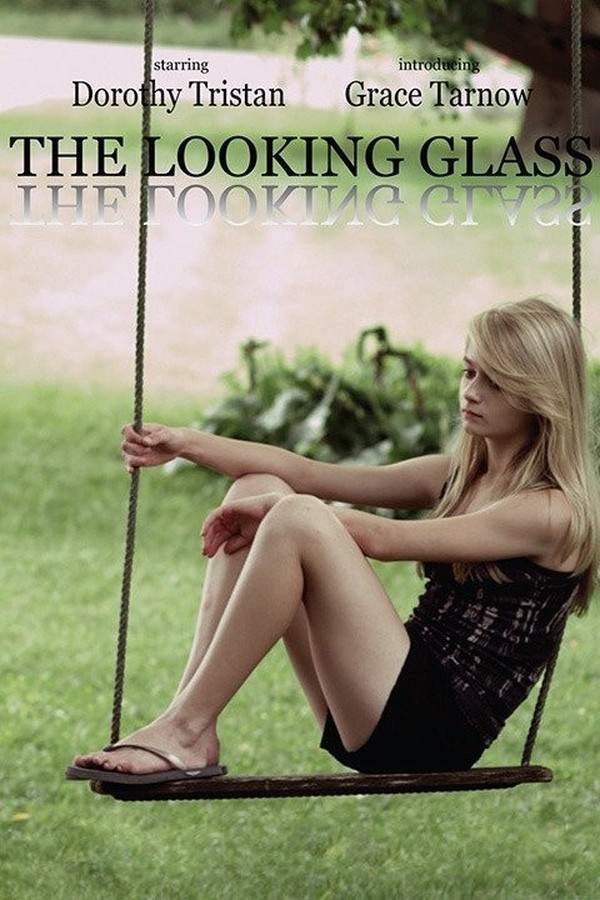
The Looking Glass
Year: 2015
Runtime: 110 min
Language: English
Director: John D. Hancock
Following a tragic event, thirteen-year-old Julie struggles with grief and an unclear future. She finds solace and reconnection with her grandmother, a retired performer, and is drawn into a world of music and unspoken emotions. As they work together and blend their talents, Julie rediscovers her voice and finds a way towards healing, self-acceptance, and renewed hope.
Warning: spoilers below!
Haven’t seen The Looking Glass yet? This summary contains major spoilers. Bookmark the page, watch the movie, and come back for the full breakdown. If you're ready, scroll on and relive the story!
Timeline & Setting – The Looking Glass (2015)
Explore the full timeline and setting of The Looking Glass (2015). Follow every major event in chronological order and see how the environment shapes the story, characters, and dramatic tension.
Last Updated: October 22, 2024 at 23:28
Main Characters – The Looking Glass (2015)
Meet the key characters of The Looking Glass (2015), with detailed profiles, motivations, and roles in the plot. Understand their emotional journeys and what they reveal about the film’s deeper themes.
Last Updated: October 22, 2024 at 23:28
Major Themes – The Looking Glass (2015)
Explore the central themes of The Looking Glass (2015), from psychological, social, and emotional dimensions to philosophical messages. Understand what the film is really saying beneath the surface.
Last Updated: October 22, 2024 at 23:28
Unlock the Full Story of The Looking Glass
Don't stop at just watching — explore The Looking Glass in full detail. From the complete plot summary and scene-by-scene timeline to character breakdowns, thematic analysis, and a deep dive into the ending — every page helps you truly understand what The Looking Glass is all about. Plus, discover what's next after the movie.
The Looking Glass Summary
Read a complete plot summary of The Looking Glass, including all key story points, character arcs, and turning points. This in-depth recap is ideal for understanding the narrative structure or reviewing what happened in the movie.
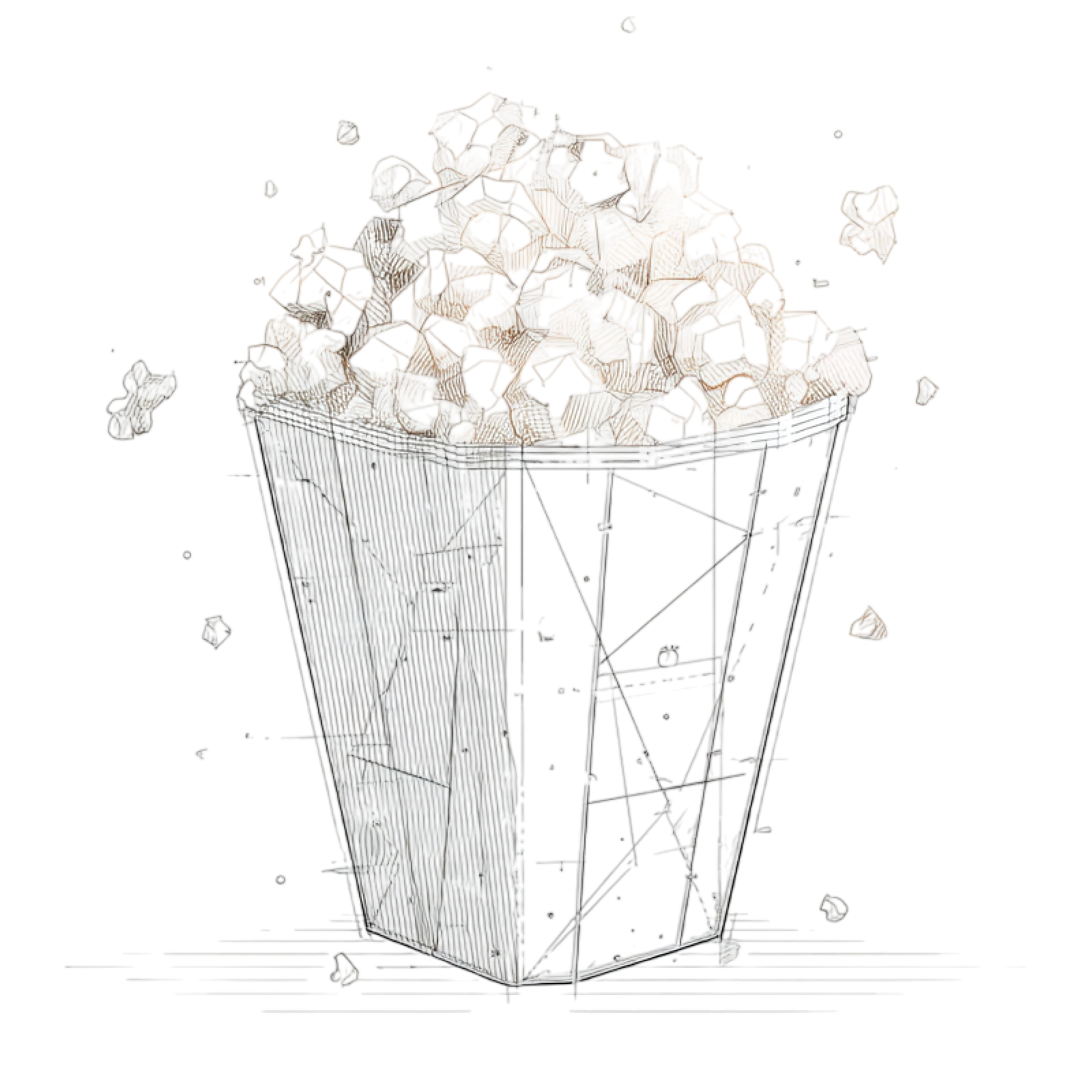
The Looking Glass Timeline
Track the full timeline of The Looking Glass with every major event arranged chronologically. Perfect for decoding non-linear storytelling, flashbacks, or parallel narratives with a clear scene-by-scene breakdown.

Similar Movies to The Looking Glass
Discover movies like The Looking Glass that share similar genres, themes, and storytelling elements. Whether you’re drawn to the atmosphere, character arcs, or plot structure, these curated recommendations will help you explore more films you’ll love.
Explore More About Movie The Looking Glass
The Looking Glass (2015) Plot Summary & Movie Recap
The Looking Glass (2015) Scene-by-Scene Movie Timeline
The Looking Glass (2015) Spoiler-Free Summary & Key Flow
Movies Like The Looking Glass – Similar Titles You’ll Enjoy
Rose Plays Julie (2021) Story Summary & Characters
Finding Agnes (2020) Complete Plot Breakdown
Looking Up (2019) Spoiler-Packed Plot Recap
Look Away (2018) Plot Summary & Ending Explained
Looking Glass (2018) Ending Explained & Film Insights
Looking Through Lillian (2002) Detailed Story Recap
Mothers and Daughters (2016) Full Movie Breakdown
Looking for an Echo (2000) Story Summary & Characters
Illusion (2006) Spoiler-Packed Plot Recap
Fugue (2019) Spoiler-Packed Plot Recap
Rose Plays Julie (2019) Detailed Story Recap
Grey Matter (2023) Detailed Story Recap
Mirror Mirror (2008) Full Summary & Key Details
Mother (1952) Full Movie Breakdown
Miroirs No. 3 (2025) Film Overview & Timeline



